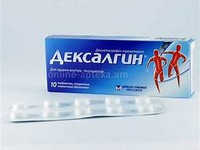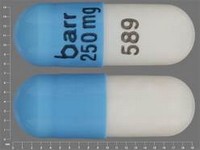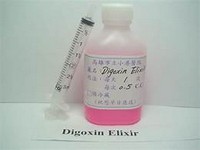sulfadiazine

CLINICAL USE
Antimicrobial agent:Toxoplasmosis in AIDS patients (unlicensed indication)Prevention of rheumatic feverDOSE IN NORMAL RENAL FUNCTION
Loading dose: 2–4 gMaintenance dose: 2–6 g daily in divided dosesPHARMACOKINETICS
DOSE IN RENAL IMPAIRMENT
GFR (mL/MIN)
DOSE IN PATIENTS UNDERGOING RENAL REPLACEMENT THERAPIES
IMPORTANT DRUG INTERACTIONS
Potentially hazardous interactions with other drugsADMINISTRATION
Reconstition
–Route
OralRate of Administration
–Comments
–OTHER INFORMATION
Penetrates into the CSF within 4 hours of oral administration to produce therapeutic concentrations which may be more than half those in the bloodMetabolised in the liver to the acetylated form, with elimination predominantly via the kidneysUrinary excretion of sulfadiazine and its acetyl derivative is dependent on pH; when the urine is acidic about 30% is excreted unchanged in both fast and slow acetylators, whereas when the urine is alkaline about 75% is excreted unchanged by slow acetylatorsCrystalluria may be avoided by adequate hydration and alkalinising the urine to a pH >7.15Blood concentrations of 100–150 micrograms/mL are desirableFor treatment of toxoplasmosis, use sulfadiazine in conjunction with pyrimethamine 25–100 mg daily.
See how to identify renal failure stages according to GFR calculation
See how to diagnose irreversible renal disease
Home








